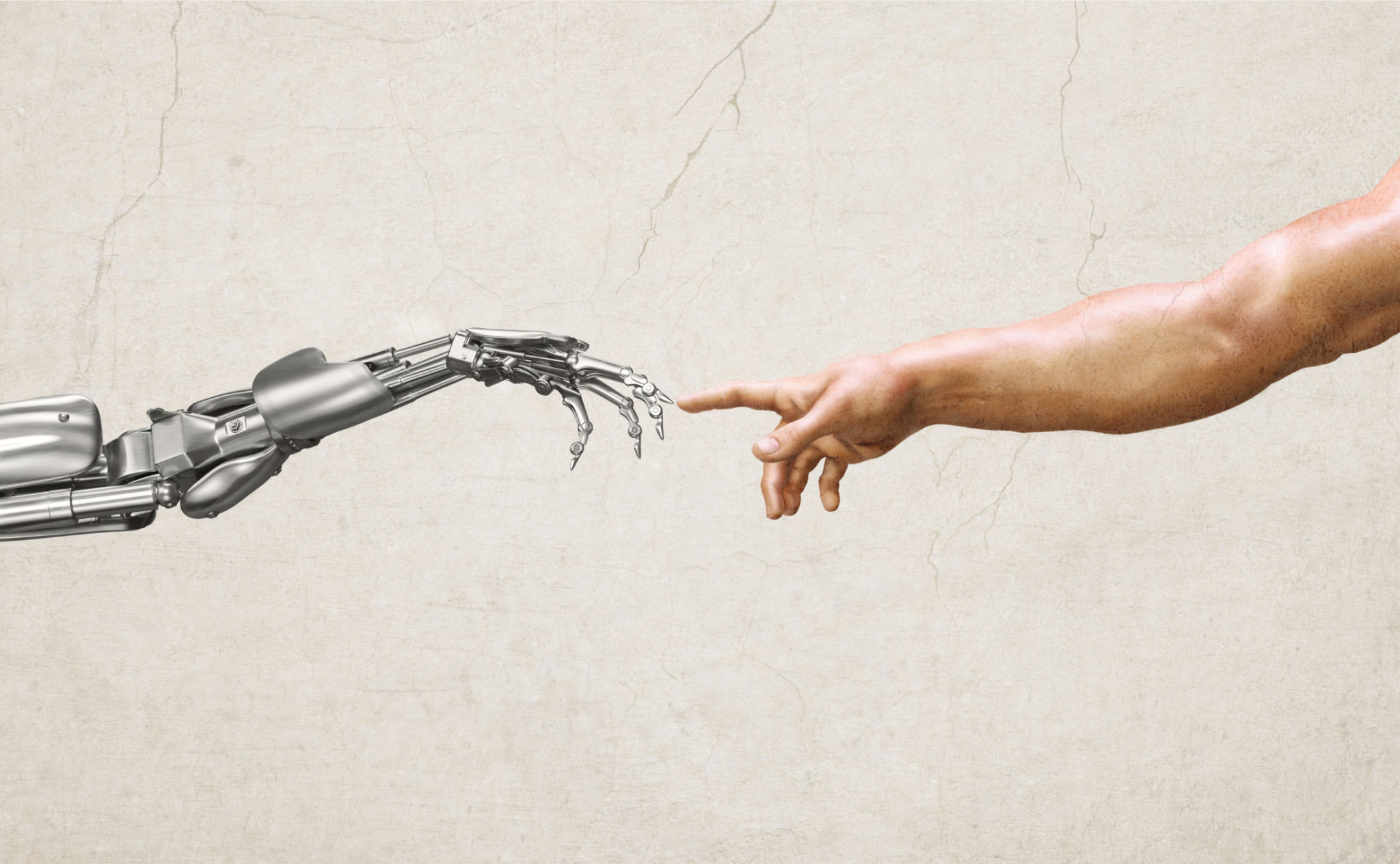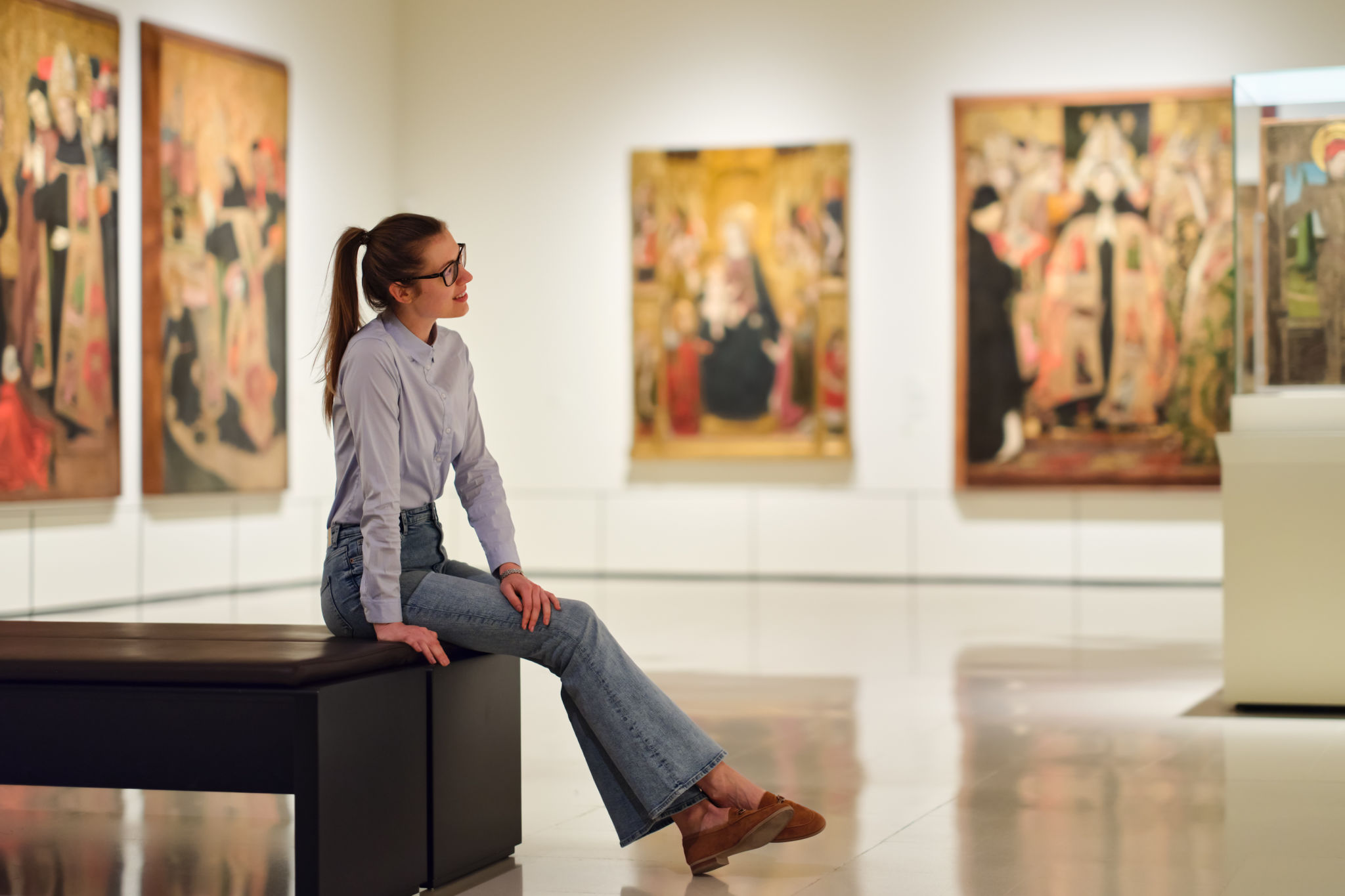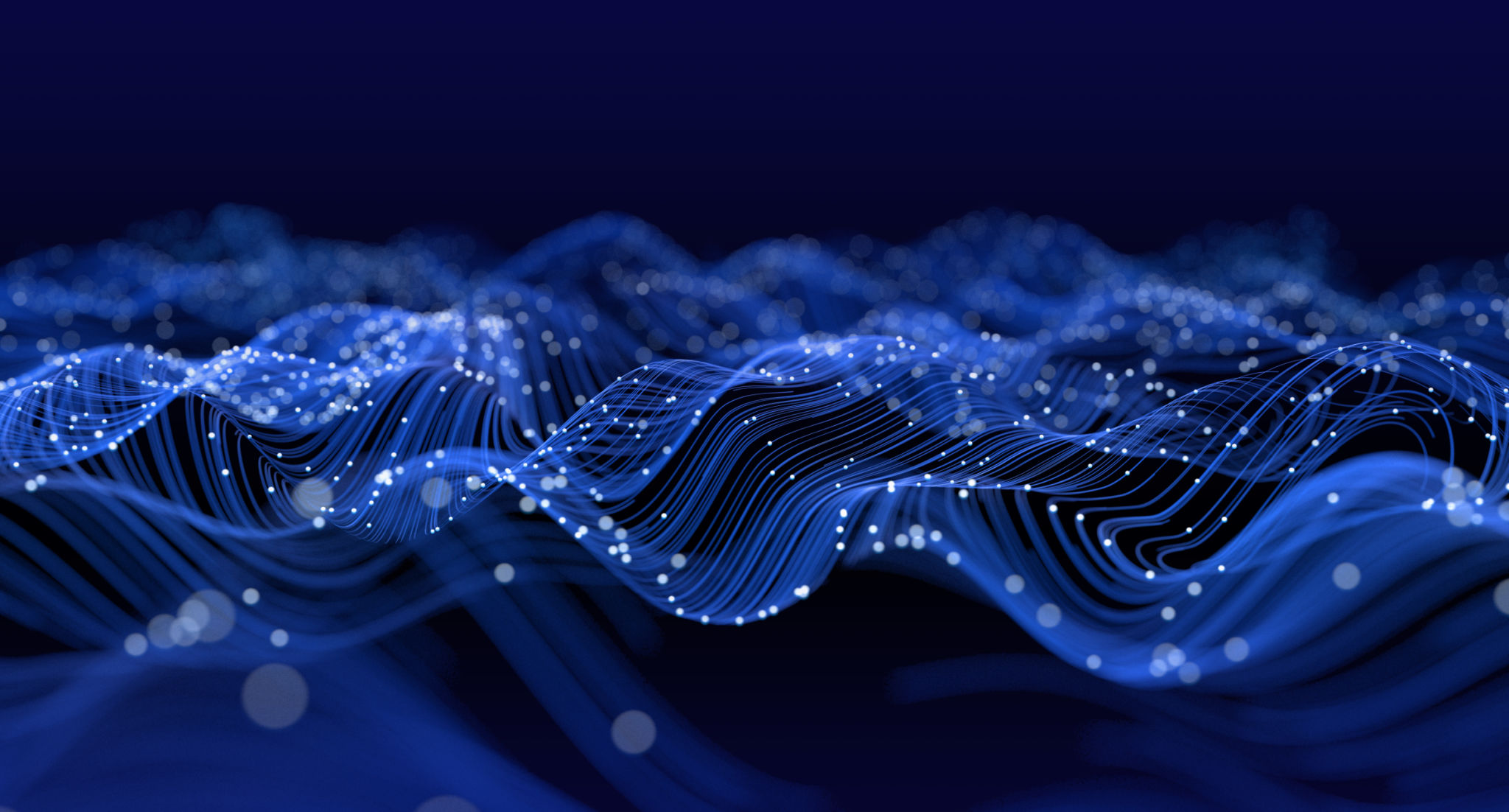AI-Driven Art: Transforming Cultural Institutions with Creative Technology
Understanding AI-Driven Art
In recent years, the intersection of artificial intelligence and art has sparked a revolutionary transformation within cultural institutions. AI-driven art is not just about creating visually stunning pieces but also about pushing the boundaries of creativity and redefining the role of technology in art. By leveraging algorithms and machine learning, artists and institutions can explore new dimensions of artistic expression.
AI-driven art encompasses a range of technologies, from neural networks that can generate paintings to algorithms that compose music. These technologies allow artists to experiment with styles and techniques that were previously unimaginable, offering a fresh perspective on art creation.

The Impact on Cultural Institutions
Cultural institutions, such as museums and galleries, are increasingly embracing AI-driven art to engage audiences in novel ways. By integrating AI technology, these institutions can offer interactive and dynamic exhibits that captivate visitors. This not only enhances the visitor experience but also broadens the reach of cultural content.
For instance, AI can be used to curate personalized tours, recommending artworks based on individual preferences. This personalization can create a more meaningful connection between the visitor and the art, fostering a deeper appreciation for the works on display.

Preservation and Analysis
AI-driven technology also plays a crucial role in the preservation and analysis of historical artworks. Machine learning algorithms can assist in identifying patterns and details that might be overlooked by the human eye. This capability is invaluable for art historians and conservators who strive to protect and understand cultural heritage.
Additionally, AI tools can help detect forgeries and authenticate artworks with greater accuracy. By analyzing brushstrokes, color palettes, and other elements, AI can provide insights that might be missed through traditional methods.

Challenges and Ethical Considerations
While AI-driven art offers exciting possibilities, it also raises important ethical questions. The use of AI in art creation challenges conventional notions of authorship and creativity. Who is the true creator—the artist who designed the algorithm or the machine that generated the artwork?
Moreover, there are concerns about data privacy and the potential for bias in AI algorithms. It is crucial for cultural institutions to navigate these challenges thoughtfully, ensuring that the integration of AI technology aligns with ethical standards.
The Future of AI in Art
As AI technology continues to evolve, its role in the art world is likely to expand. We can expect to see more collaborative projects between artists and AI, leading to innovative works that challenge our understanding of creativity. This collaboration could also democratize art creation, making it accessible to a broader audience.
Cultural institutions are poised to become key players in this transformation, serving as platforms for showcasing AI-driven art and fostering dialogue around its implications. By embracing creative technology, they can lead the way in exploring new frontiers of artistic expression.

Conclusion
AI-driven art is reshaping cultural institutions by infusing creativity with cutting-edge technology. As museums and galleries adopt these innovations, they offer audiences unique experiences that blend tradition with modernity. By addressing ethical challenges and embracing collaboration, cultural institutions have the opportunity to redefine the landscape of art and culture for future generations.
